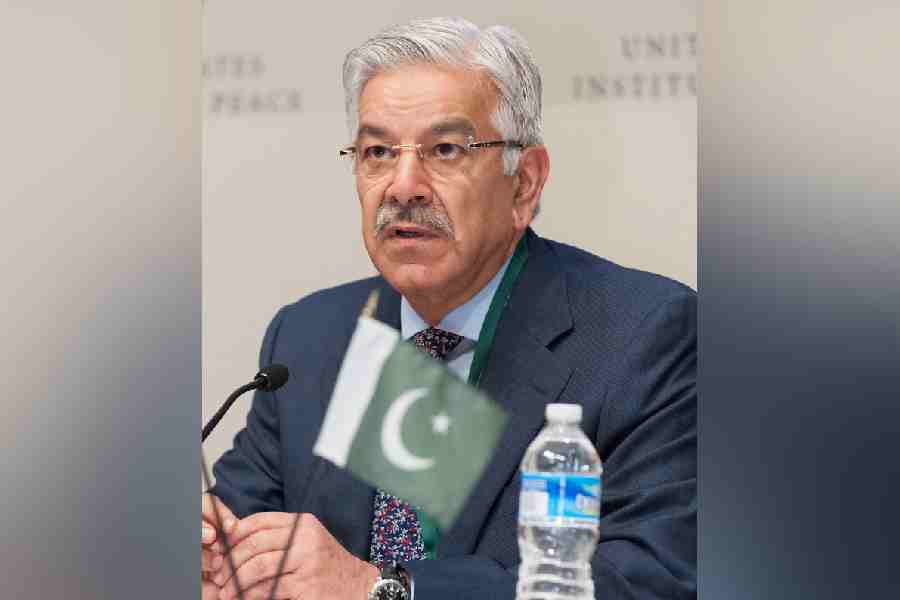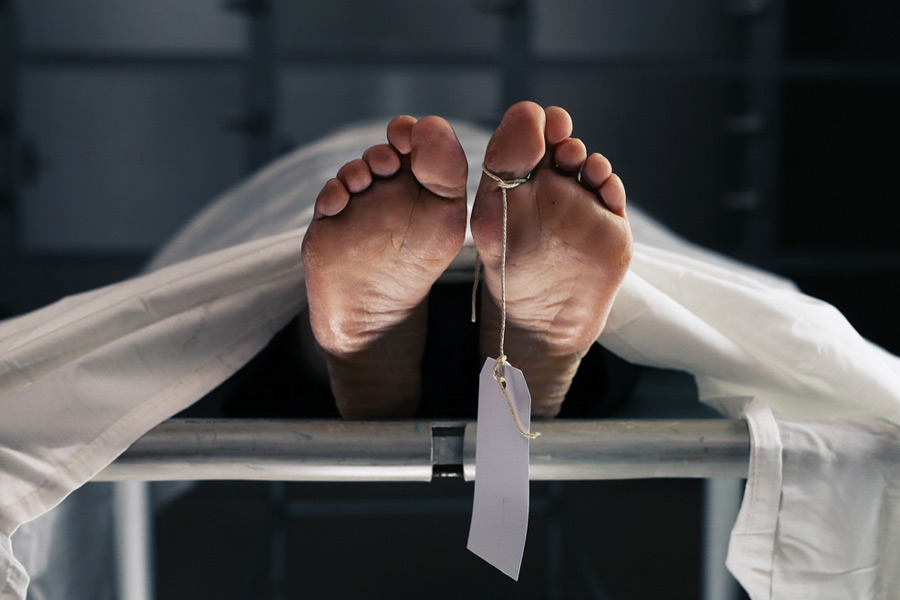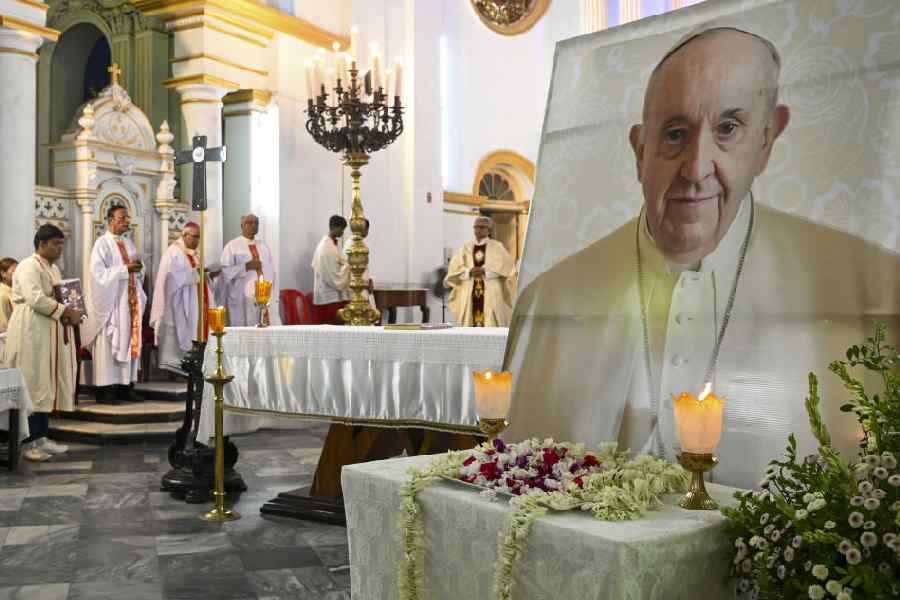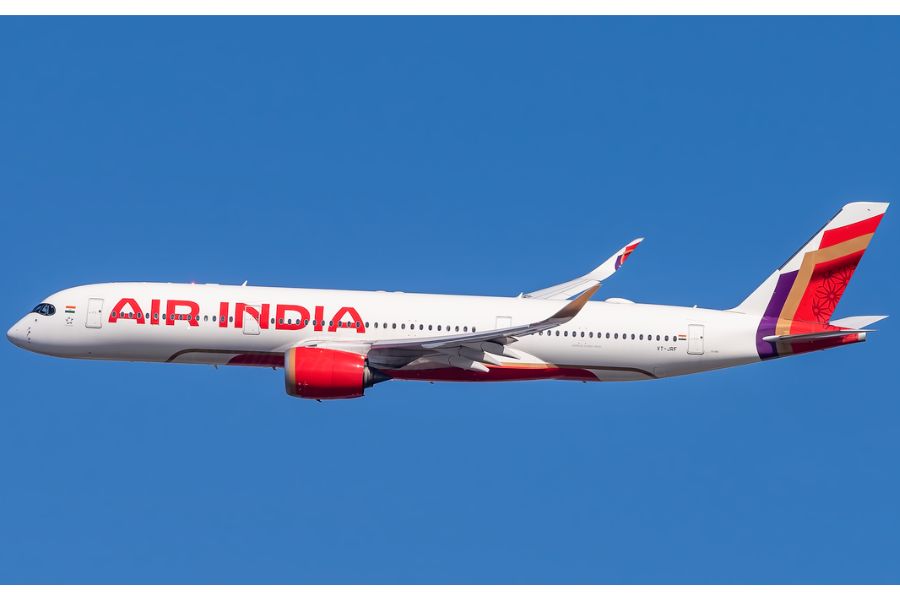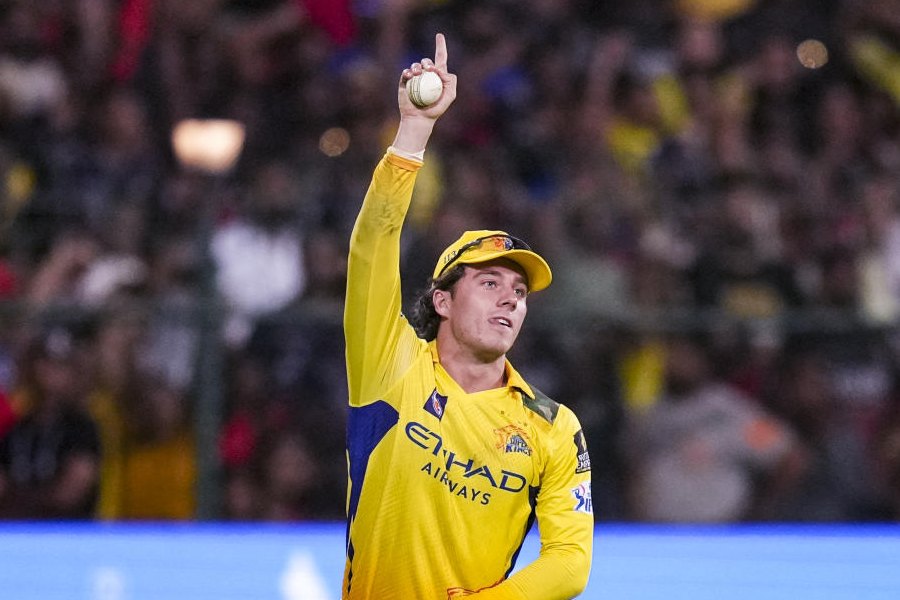 |
| Picture by Pradip Sanyal |
Problems with the storm drains and sewers of the city have aggravated with the addition of new hotels, eateries and apartments on the sea front.
While the city’s drain-water treatment project has been lying defunct near Banki Muhana for more than a decade, the sewerage treatment plant near Mangalahata Bridge near Brahmagiri Road is yet to be completed.
“Even by isolating the drains and sewerage water, one cannot ensure that only storm water passes through the Banki Muhana treatment station, which began functioning in 1994. As old buildings in the inner lanes and by-lanes have no gaps in between, the laying of sewerage lines is not possible in those areas. So from those houses, both the waste and drain water comes through the drains,’’ said B.K. Parida, a senior project engineer of the Orissa Water Supply and Sewerage Board (OWSSB).
The treatment plant near Banki Muhana was inaugurated by former chief minister Biju Patnaik and it had two big chambers. While the first one was meant to isolate the solid and plastic wastes from the waste water, the next section worked as a natural aeration chamber as the water, without the solid waste, got mixed with air for oxygenation, but due to the negligence of the Public Health Engineering Organisation (PHEO), the project is lying defunct for over a decade. A worker of the PHEO, who is stationed at the site, said that the facility has been lying defunct since the super cyclone in 1999.
“The first chamber is full of solid waste and plastic and no one is fishing these out of the waste water, so waste water is flowing directly to the sea through a channel on the right side. Due to the growth of weeds outside the aeration chamber, water cannot go outside. It only goes outside when it rains heavily,’’ said local resident Arabinda Das.
The State Pollution Control Board in had issued a notice to PHEO, but no action was taken. However, sources added that PHEO was spending lakhs every year on maintenance.
After realising the inability of the PHEO to maintain the 1994 project, chief minister Naveen Patnaik, at a review meeting this year, directed the OWSSB to take a modern treatment measures near Banki Muhana and rescue the sea beach from the flow of the waste water of the holy city. The OWSSB has already taken up the matter and in the process of selecting an expert, who will prepare a detailed project report (DPR) so that tenders can be floated.
“We will finish the work within one year once the tender is floated. In this proposed project, the treated water will be taken in a special pipeline 3km inside the sea so that people don’t think that the waste water is getting mixed with the sea water near the beach,’’ Parida added.
Municipal chairperson Shantilata Pradhan said that the old treatment plant was no more in a working condition. “The new sewerage treatment plant is nearing completion. When that is ready, the drain and sewerage water can get separated,’’ she added. Perhaps she is not aware that many areas in the city cannot even get connected to the sewerage system and to separate solid wastes from drain water, the revival of the Banki Muhana project by OWSSB remains the only option.





